by GERALD HOVDESTAD, Behlman Electronics
In years past, all loads connected to ac supply lines were either resistive, such as light bulbs and heaters, or simple inductive loads, such as fixed-speed ac motors. These types of loads drew currents from the ac supply that were sinusoidal (though they were not precisely in-phase with the ac voltage) and would not result in problematic harmonics. In fact, utility companies would require factories operating many motors to install capacitors that would bring the power factor of the factory from inductive to close-to-unity—or the utility would add a surcharge on the cost per kilowatt-hour.
Today, an increasing portion of loads connected to ac supply lines draws currents that are not sinusoidal. Examples of such loads are power supplies used in devices like computers. Consider the input circuitry of a typical single-phase input power supply. These supplies often use a diode bridge to rectify ac. The rectified ac is used to charge a capacitor. The capacitor charges to near the peak of the rectified ac voltage. The result is a current waveform containing multiple harmonics.
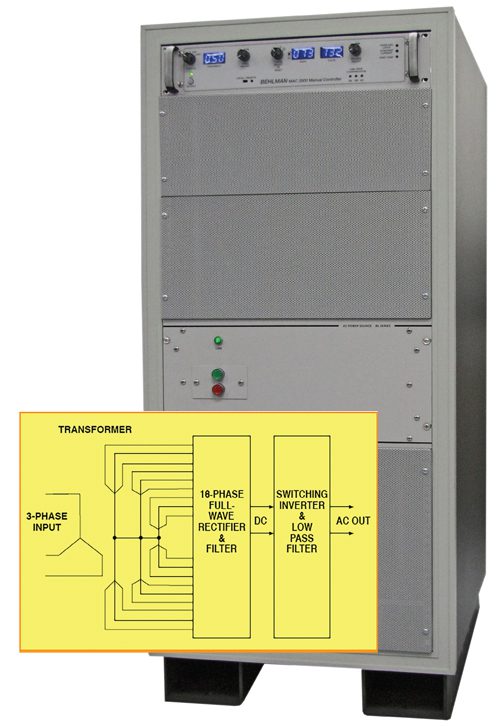
Harmonics introduce a number of undesired consequences. For one thing, they do not transmit power. This means they produce wasted energy in the form of heat without increasing the dc power supplied. Harmonics boost the RMS current by as much as 50% and produce excessive heat in such circuit elements as wires, contacts, fuses and circuit breakers. The extra current necessitates the use of larger fuses and circuit breakers and even heavier power lines. If the total harmonic current is large enough to distort the supply waveform, proper operation of the equipment can be compromised.
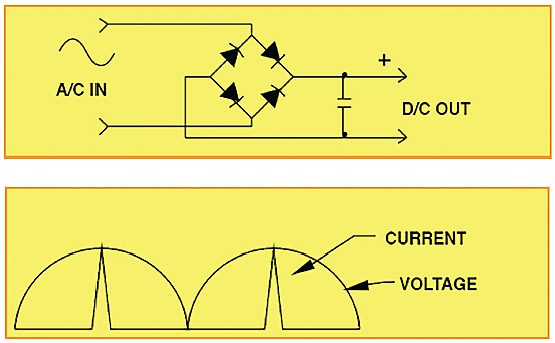
Harmonics affect the power factor, which is the ratio of useful current to the total current. If, for example, the RMS current is 50% larger than the useful current, the power factor is 0.67.

The military has recognized that harmonic distortion can cause excessive heat in induction motors, as well as vibration and wear in bearings. Harmonics generate detectable signatures on sonar and can also capacitively couple to a ship’s hull, inducing hull currents that disrupt the operation of systems such as degaussing equipment. In MIL-STD-1399 (section 5.2.8, “Input Current Waveform”), the Navy states:
“The operation of user equipment shall have the minimum harmonic distortion effect on the electric system. The operation of user equipment of the following specified ratings shall not cause single harmonic line currents to be generated that are greater than 3% of the unit’s full-rated load fundamental current between the 2nd and 32nd harmonic.”
“Additionally, currents with frequencies from the 32nd harmonic through 20 kHz shall not exceed (100/n) % of the unit’s full-rated load fundamental current, where ‘n’ is the harmonic multiple number. Units with power ratings less than those specified above shall be current amplitude limited so that no individual line current from the 2nd harmonic through 20 kHz exceeds a magnitude of (100/n) % of the unit’s full-rated load fundamental current.
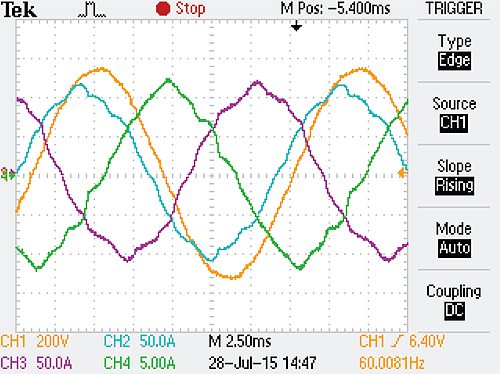
Obviously, current harmonics on the input to any unit are problematic. For low-power, single-phase inputs, electronic power factor correction devices often work well. These devices, available as power modules up to approximately 1 kW, use pulse-width modulation to force the input current to be sinusoidal and in-phase with the input voltage. The design of these devices can be incorporated into any power supply, and there are, in fact, many circuits available for doing so.
However, the approach above does not work for three-phase inputs. (It would be possible to employ three single-phase converters in place of a three-phase input when the input is from a WYE connection and the load is symmetrical.) The real problem comes into focus when the power level is much higher and the input is a Delta connection. Without a neutral, three single-phase converters cannot be used without precise attention to load balancing.
On the other hand, harmonics from the rectification of three-phase power are fewer than what would arise from single-phase power rectification. Table 2 shows the effect of multiphase rectification on the amplitude of harmonics assuming an “ideal” choke input filter. The Table can be used to determine the number of phases needed to limit harmonic content below a certain level. For example, a design meeting MIL-STD-1399 requirements would need 18 phases, which produce 36-pulse rectification. In this case, the first harmonic is the 35th and its contribution is 2.9%.
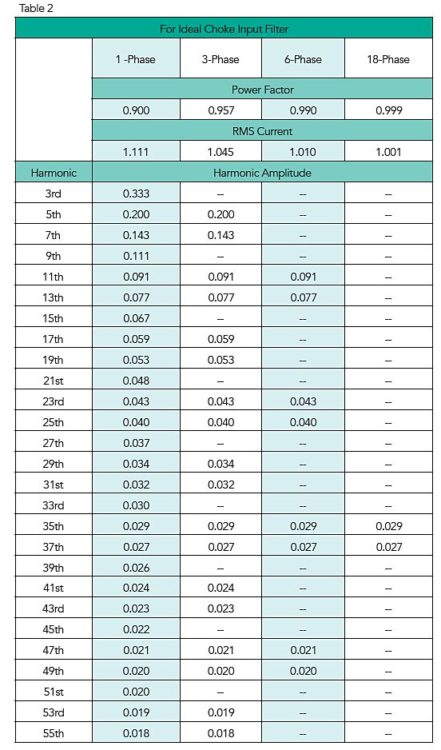
When a transformer is on the three-phase input, one can configure the unit to have a multiphase output. For example, if the secondary of the transformer has a WYE and a Delta, it would have the equivalent of six phases. A secondary with three sets of WYEs and Deltas properly phase-shifted will have the equivalent of 18 phases. An 18-phase rectified output is referred to as having 36-pulse rectification, because it would use 36 diodes. With so many pulses, the choke used to squelch harmonics in the output lines becomes reasonably small and is easily realizable.
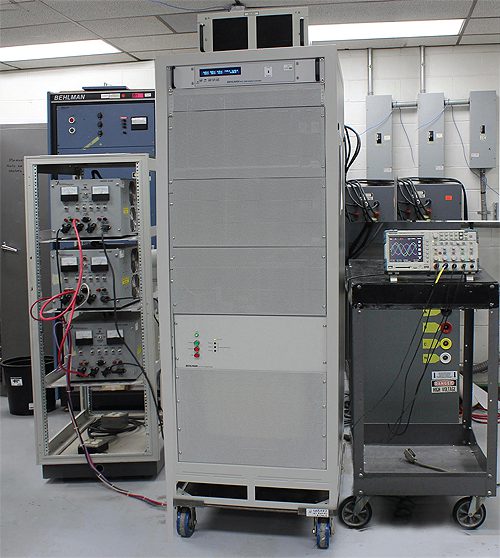
Not many devices have 18-phase, 36-pulse rectification capabilities. One that does is the BL+120 from Behlman Electronics. The unit is a 120-kVA frequency converter with a specially-wound input transformer that produces an 18-phase output. This output is rectified and filtered for 36 pulse rectification. The resulting dc is supplied to a switching frequency inverter. It can produce low-distortion sine waves from 45 to 500 Hz, and up to 2,000 Hz where required. Input voltage can range from 120/208 to 277/480 in either WYE or Delta connection. The unit is available with fixed voltage and frequency, or can be controlled manually or through an optional computer interface by RS232, IEEE 488, USB or Ethernet.
All in all, problems caused by ac line harmonics are receiving more attention as a critical power quality concern. A growing percentage of electricity now passes through loads drawing non-sinusoidal currents. Clearly, today’s engineers should be aware of how ac line harmonics can harm their systems and of the means available to address problems, should they arise.
Behlman Electronics
www.behlman.com

Good information – clear and to the point.